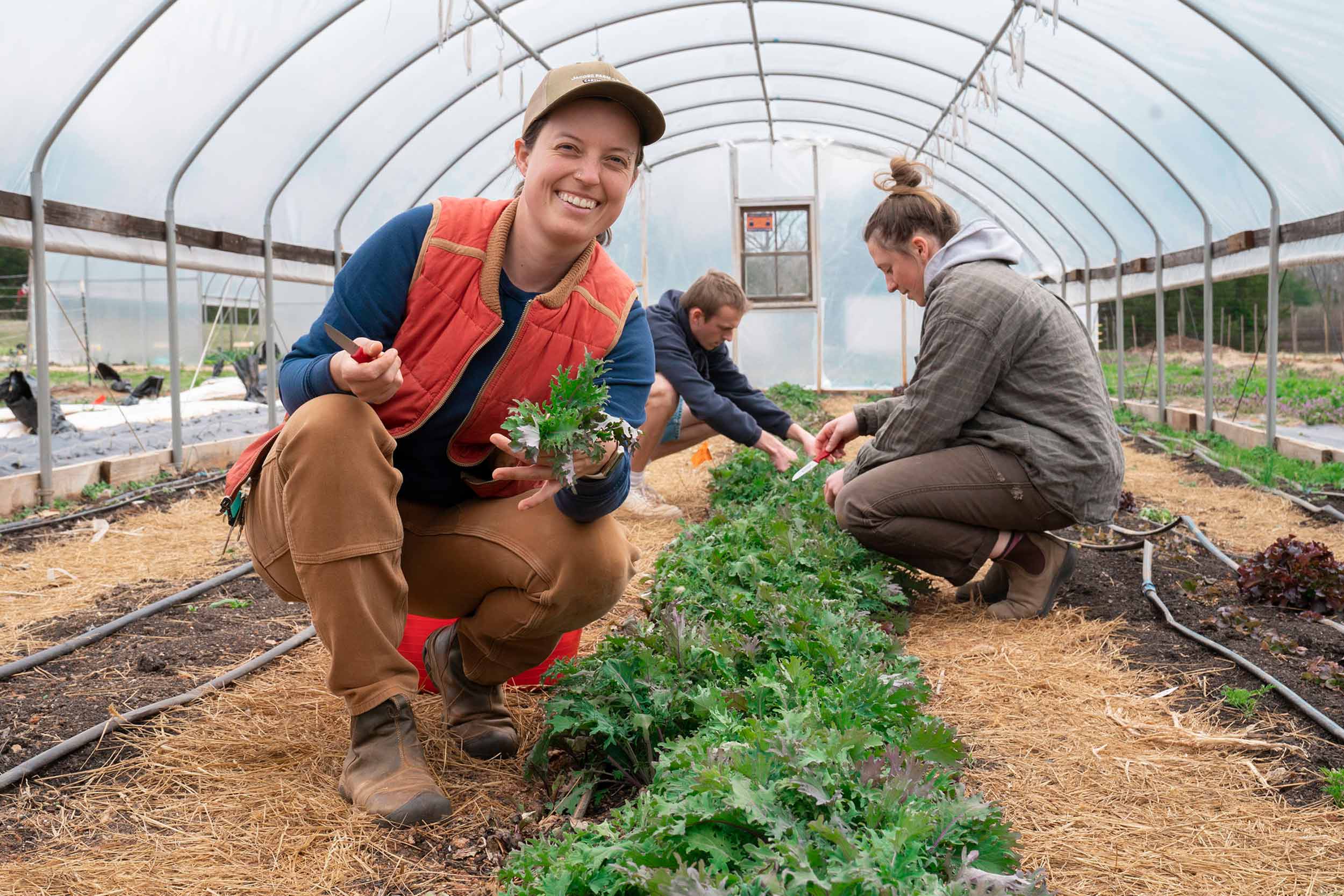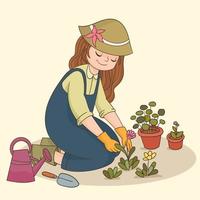From Newbie to Green Thumb: A Step-by-Step Journey Via the Art of Gardening

Understanding Your Horticulture Area
To begin your gardening trip, it is vital to comprehend the unique features and constraints of your gardening room. Take a moment to observe your surroundings. Is your room tiny or big? Is it subjected to complete sunlight or does it receive partial shade? Exist any kind of details obstacles you may deal with, such as bad soil high quality or limited water availability? Understanding these variables will certainly help you make educated decisions concerning the types of plants that will thrive in your area.
Think about the dimension of your horticulture area. You may need to focus on container horticulture or upright horticulture to optimize your expanding location if you have a small space. On the other hand, if you have a big room, you have the deluxe of planting a variety of plants and producing different areas within your garden.
Next, assess the amount of sunlight your area obtains. This will certainly determine which plants will thrive and which ones may have a hard time. You can decide for shade-loving plants like brushes or hostas if your room is shaded. If your room obtains complete sunlight, you can grow a wide variety of plants, consisting of blossoms, veggies, and natural herbs.
Finally, think about any restrictions or challenges details to your area. You may need to change it with compost or pick plants that are forgiving of less-than-ideal conditions if your dirt high quality is poor. You can choose for drought-tolerant plants or implement water-saving strategies like mulching. if water is limited.
Selecting the Right Plants for Your Yard
Select plants that are fit to your yard's special problems and your individual preferences. When choosing plants for your garden, it is necessary to take into consideration variables such as sunshine, soil type, and climate. Take a look at the amount of sunlight your yard gets throughout the day. Some plants prosper in full sunlight, while others favor partial or perhaps complete shade. Take into consideration the soil key in your yard as well. Some plants choose well-drained dirt, while others flourish in wet or clay-like soil. In addition, take right into account the climate in your location. Some plants are much better suited for dry and hot environments, while others can hold up against colder temperatures.
An additional vital facet to think about is your individual preference. Do you choose a yard filled up with vibrant blossoms, or are you a lot more thinking about expanding herbs and vegetables? Consider the purpose you want your garden to offer and the visual you intend to accomplish. It's likewise worth considering the maintenance level of the plants you choose. Some plants redirected here need more care and focus, while others are much more low-maintenance.
Preparing the Dirt for Planting
Most plants like a somewhat acidic to neutral pH, around 6.0 to 7.0. Badly drained pipes dirt can lead to waterlogged roots and various other plant wellness issues. By evaluating and making needed amendments to your soil, you can produce an ideal atmosphere for your plants to prosper.
Nurturing and Keeping Your Garden
Once you have prepared the dirt, it's time to obtain your hands unclean and begin supporting and maintaining your garden. The secret to an effective yard corresponds care and attention. Watering is crucial, particularly during completely dry spells. Ensure to sprinkle your plants deeply, permitting the water to penetrate the soil and reach the origins. Routine weeding is additionally vital to maintain your yard without unwanted plants that compete for nutrients and area. Take out any weeds, making sure to remove their roots to avoid them from returning. In addition, it's important to offer appropriate nutrition for your plants. Take into consideration making use of natural plant foods or garden compost to enhance the dirt and advertise healthy and balanced development. Trimming is one more crucial job to maintain your yard looking cool and motivate much better air movement and sunlight penetration. Cut off any type of damaged or dead branches to maintain the overall wellness of your plants. Ultimately, watch for bugs and diseases. Frequently check your plants for any type of indicators of infestation or illness and take instant activity to protect against more damages. By adhering to these nurturing and maintenance practices, you will certainly make certain a flourishing and gorgeous garden.
Troubleshooting Common Horticulture Issues
To deal with typical gardening concerns, start by recognizing the issue and taking instant action. Among the most usual issues garden enthusiasts encounter is pests. If you observe chewed leaves or plants that are shriveling for no apparent factor, you might have an insect problem. Check your plants closely for indications of insects or various other parasites. Remove them by hand or make use of Web Site natural pest control techniques if you identify any type of. One more usual problem is nutrient deficiency. If your plants have yellow or blemished fallen leaves, they might not be obtaining enough nutrients. Take into consideration feeding your soil or adding compost to enhance its nutrient content. Overwatering is another concern that can damage your plants. If you see water logged dirt or wilting despite ample watering, you might be overwatering. Readjust your watering schedule as necessary and guarantee correct water drainage. Finally, condition can additionally affect your garden. If you see spots, mold, or uncommon growth on your plants, maybe an indicator of condition. Remove impacted plants and treat the remaining ones with natural fungicides or pesticides. By promptly addressing these typical concerns, you can make certain the wellness and success of your yard.
Verdict
By comprehending your gardening space, picking the right plants, preparing the soil, and nurturing your garden, you have conquered typical horticulture problems like a pro. Now, equipped with knowledge and experience, you are prepared to appreciate the charm and wealth of your growing garden.

When visit site selecting plants for your garden, it is important to think about elements such as sunlight, soil type, and environment. Some plants favor well-drained soil, while others prosper in damp or clay-like dirt (newbie gardening). By comprehending your horticulture room, selecting the right plants, preparing the dirt, and nurturing your yard, you have actually gotten rid of common gardening problems like a pro